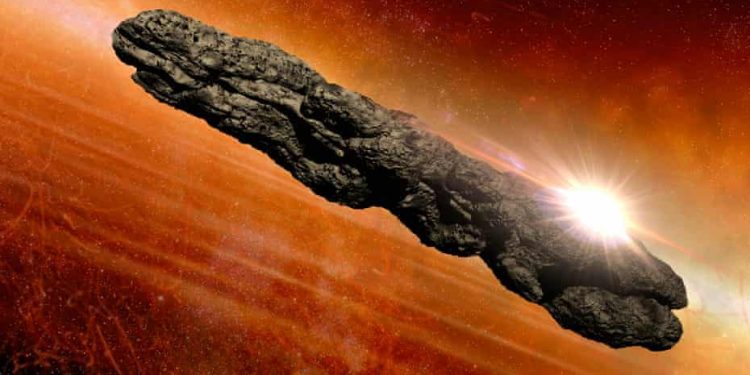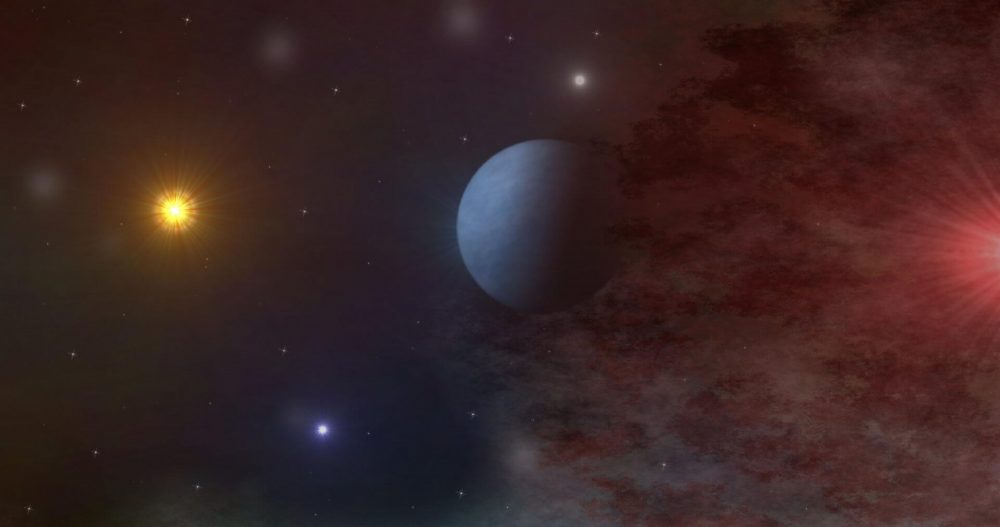A new study suggests that the outer reaches of our solar system may be harboring an enormous collection of interstellar objects—potentially numbering up to one million—that originated from the Alpha Centauri system. These massive space travelers, each larger than 100 meters across, could have been captured by the Sun’s gravity over millions of years, lingering unseen in the Oort Cloud.
Until recently, only two confirmed interstellar visitors had been detected in the solar system—‘Oumuamua in 2017 and Comet Borisov in 2019. These fast-moving objects zipped through the solar system and back into deep space, offering only brief glimpses into their origins. However, scientists have long suspected that many more interstellar objects pass through, and some may even become permanent residents.
New simulations, published in a study accepted by The Planetary Science Journal, predict that a significant number of objects from Alpha Centauri—a star system just 4.25 light-years away—have made their way into the outer solar system. Over the past 100 million years, material ejected from Alpha Centauri could have drifted into our cosmic neighborhood, settling in the distant Oort Cloud, a vast region filled with icy bodies and rocky debris.
Why Haven’t We Seen Them?
Unlike ‘Oumuamua and Borisov, which were bright and moving quickly, these hypothetical interstellar visitors are far from the inner solar system, making them extremely difficult to detect. The Oort Cloud itself is located at such a great distance that even its native objects remain largely invisible. If these interstellar objects do exist, their discovery would require next-generation telescopes capable of detecting faint, distant bodies.
However, while large interstellar objects may remain hidden, smaller interstellar particles could be reaching Earth more frequently than expected. The study suggests that micrometer-sized particles from Alpha Centauri may enter the solar system regularly, with an estimated ten interstellar meteors burning up in Earth’s atmosphere every year.
Alpha Centauri’s Journey Brings More Visitors
The Alpha Centauri system consists of three stars: Alpha Centauri A and B, which orbit each other in a binary system, and Proxima Centauri, a red dwarf star with at least one known planet. This entire system is slowly moving closer to our Sun and will reach its closest point in about 28,000 years. As the distance between our solar system and Alpha Centauri shrinks, the number of interstellar objects drifting into our region is expected to rise dramatically.
Interestingly, the researchers also suggest that material transfer is likely happening in both directions. Just as objects from Alpha Centauri may be reaching the Oort Cloud, material ejected from our own solar system is likely making its way to our nearest stellar neighbor.
What This Means for Future Research
Understanding how interstellar material travels between stellar systems could offer new insights into planetary formation, the movement of cosmic debris, and even the possibility of organic compounds spreading between worlds. If these interstellar objects can be identified, they could serve as natural samples from distant star systems, providing valuable data without the need for interstellar probes.
For now, the idea of a million unseen interstellar objects lurking at the edge of our solar system remains a tantalizing mystery—one that future space missions and advanced telescopes may one day uncover.











